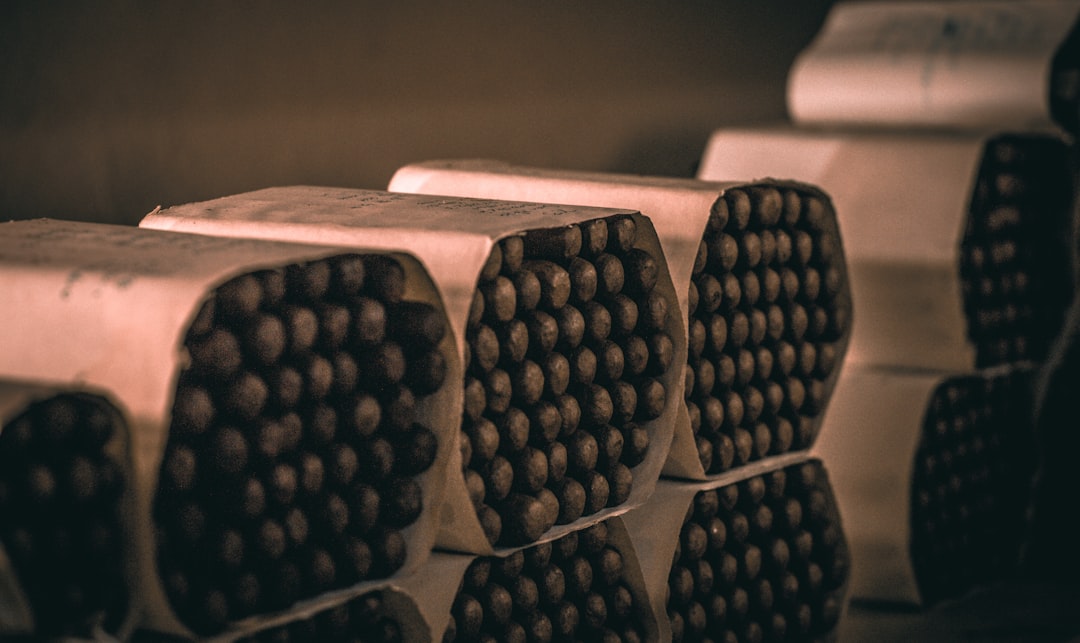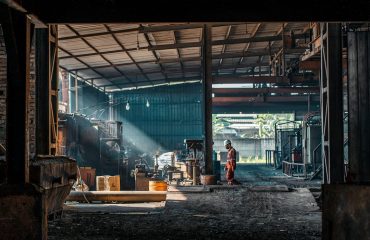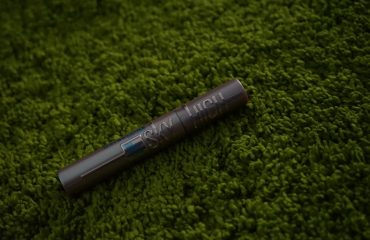The Hot Rolling Process: From Ingot to Flat Bar
Hot rolled flat bars begin their journey as a molten metal ingot, typically steel. This ingot undergoes a series of rigorous processes to achieve its final form. First, it’s heated to an incredibly high temperature, often exceeding 1100°C (2012°F), making the metal highly malleable. This high temperature allows for significant deformation without fracturing. Then, the glowing ingot is passed through a series of powerful rollers, progressively reducing its thickness and shaping it into a flat bar. The rollers are precisely calibrated to control the dimensions and tolerances of the final product. This continuous rolling process refines the grain structure of the metal, impacting its final strength and other properties. The entire process is carefully monitored to ensure consistency and quality.
Mechanical Properties and Characteristics of Hot Rolled Flat Bars
The hot rolling process significantly influences the mechanical properties of the resulting flat bars. Due to the high temperatures involved, the material undergoes significant grain growth. This leads to a relatively lower tensile strength compared to cold-rolled counterparts. However, hot-rolled bars possess superior ductility and toughness, meaning they can withstand significant deformation before fracturing and are less prone to brittle failure. Their surface finish is generally rougher than cold-rolled bars, a characteristic resulting from the high-temperature deformation. The precise mechanical properties, such as yield strength, tensile strength, elongation, and hardness, vary depending on the alloying elements present in the steel and the specific rolling parameters used. These properties are crucial considerations when selecting the appropriate material for a particular application.
Diverse Applications of Hot Rolled Flat Bars
The versatility of hot rolled flat bars makes them suitable for a wide array of applications across various industries. Their excellent weldability, high ductility, and relatively low cost make them a popular choice for structural components in construction, such as beams, columns, and reinforcement bars. They’re also frequently used in the manufacturing of automotive parts, railway components, and heavy machinery. Other applications include fabrication of agricultural equipment, industrial machinery, and general engineering projects. The specific application often dictates the required grade and dimensions of the flat bar, ensuring optimal performance and longevity.
Advantages and Disadvantages of Hot Rolled Flat Bars
Advantages: The primary advantage of hot-rolled flat bars lies in their cost-effectiveness. The high-temperature rolling process is relatively efficient and requires less energy compared to cold rolling. This translates into lower production costs, making them a budget-friendly option for many applications. Their superior ductility and toughness also offer significant advantages in applications requiring high impact resistance and formability. The larger range of sizes and shapes available compared to cold-rolled options provides greater design flexibility.
Disadvantages: While cost-effective, hot-rolled bars possess a rougher surface finish compared to cold-rolled alternatives. This can sometimes necessitate additional finishing processes, such as grinding or machining, to achieve the desired surface quality. Their lower tensile strength compared to cold-rolled bars might limit their suitability for applications demanding high strength-to-weight ratios. The dimensional tolerances are generally less precise than those of cold-rolled bars, which can be a factor in applications requiring tight tolerances.
Choosing the Right Hot Rolled Flat Bar: A Guide to Specifications
Selecting the appropriate hot-rolled flat bar requires careful consideration of several factors. The most crucial element is the required grade of steel. Different steel grades offer varying levels of strength, ductility, and other properties. The specified dimensions, including thickness, width, and length, are equally important. Tolerances, which define the acceptable deviation from the specified dimensions, should also be carefully considered. Finally, the surface finish requirements and any necessary post-processing operations should be factored into the decision-making process. Consulting material specifications and working closely with a supplier ensures the selection of the optimal hot-rolled flat bar for a given application.
SEO Tags:
- Hot rolled flat bars
- Steel flat bars
- Hot rolling process
- Flat bar applications
- Metal fabrication




